![]()
![]()
![]()
Use LEFT and RIGHT arrow keys to navigate between flashcards;
Use UP and DOWN arrow keys to flip the card;
H to show hint;
A reads text to speech;
12 Cards in this Set
- Front
- Back
|
Organ Systems: 11 (Run Mrs. Lidec) |
Reproductive Urinary Nervous Muscular Respiratory Skeletal Lymphatic Integumentary Digestive Endocrine Cardiovascular |
|
|
Reproductive |
- The gonads (testes and ovaries). > Produces offspring |
|
|
Urinary |

- kidney , urinary bladder. > Eliminates nitrogenous wastes > Maintains acid-base balance of blood > Regulates water and electrolytes |
|
|
Nervous |
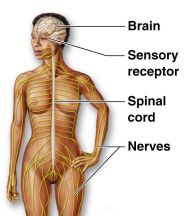
- Brain, spinal cord and numerous nerves. > Fast-acting control system |
|
|
Muscular |
- Skeletal muscles > Produces movement |
|
|
Respiratory |
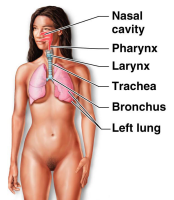
- Nose, larynx, trachea and lungs > Keeps blood supplied with oxygen |
|
|
Skeletal |
- Bones, cartilages and joints > Protects and supports body organs |
|
|
Lymphatic |
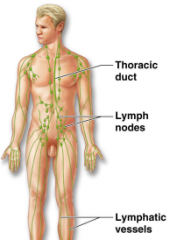
- Lymph nodes, spleen, thymus and tonsils > Returns fluids to blood vessels
>> The spleen is located external to the stomach on the left side. |
|
|
Integumentary |
- Skin (largest organ) > Forms the external body covering |
|
|
Digestive |
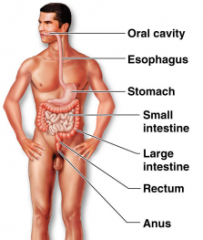
- Mouth, esophagus, stomach, intestines and liver. > Breaks down food |
|
|
Endocrine |
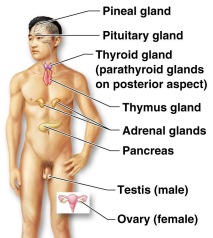
- Thyroid, adrenal gland and pancreas. > Secretes regulatory hormones: |
|
|
Cardiovascular |
- Heart, blood and blood vessels > Transports materials in body via blood pumped by heart: |

